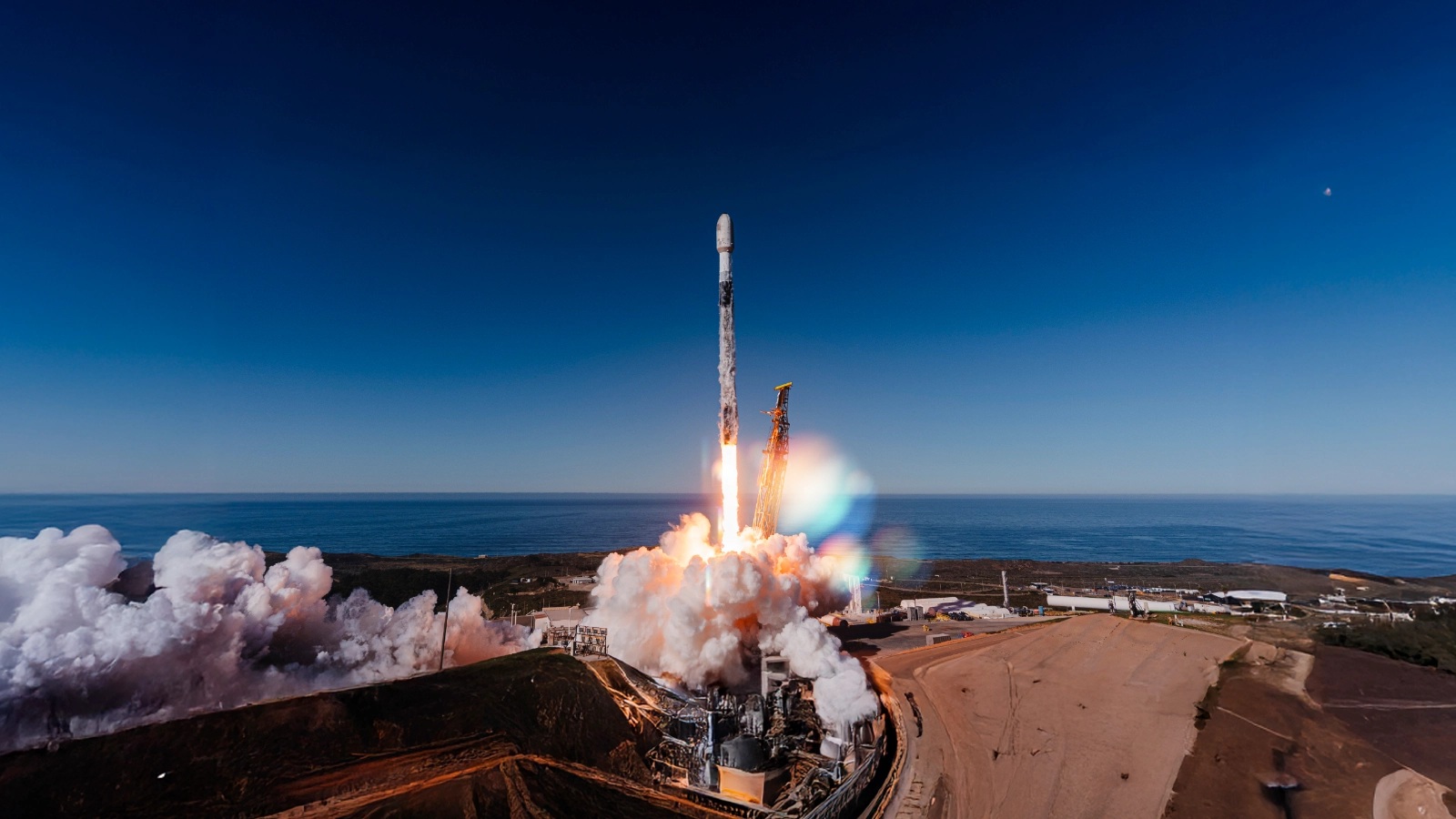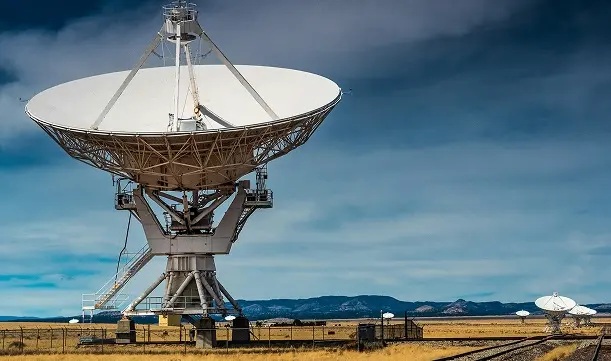XMM-Newton reaches 20 years of delivering X-ray astronomy

Copyright Airbus 1999
Since its launch, XMM-Newton has simultaneously collected X-rays, visible and ultraviolet light and demonstrated its role as one of the most important astronomical observatories of all time. It has detected more X-ray sources than any previous satellite and is helping solve many cosmic mysteries, from what happens in and around black holes to the formation of galaxies in the early universe.
XMM-Newton has doubled its original deployment period of ten years. Due to the overwhelming scientific success and the telescope’s excellent condition, ESA has extended its mission year on year. Technically, it is quite possible that it will continue to operate beyond 2030.
Interest in conducting observations with the European space telescope remains high. Each year, for example, the requested observation time is up to seven times more than is actually available. The level of this excess demand is on a par with that for the Hubble Space Telescope.
The results of XMM observations also form part of many doctoral theses. These academic works are based both on scientific results (making use of XMM-Newton observations and numerical predictions) and on ‘technical’ work (hardware and software development, calibration or operations). Since the mission’s launch in 1999, almost 400 doctoral theses containing results or findings from the XMM satellite have been produced. In total, over 6,200 scientific ‘XMM papers’ have been published.
However, XMM-Newton is not just an outstanding achievement in scientific terms: bearing in mind that it took just 38 months to complete, management of the satellite project and its technological prowess must also be considered exemplary. The XMM-Newton satellite was built under the leadership of Airbus in Friedrichshafen, with the Attitude and Orbit Control System (AOCS) developed by Airbus UK, and Airbus in Spain contributing the structures of the service module and the focal plane assembly, and the satellite thermal control system and harness. In total, the industrial consortium comprised 45 European companies and one US company.
XMM-Newton, affectionately named the ‘Black Beauty’ by the engineers who built it on account of its black thermal protective film, consists of three cylindrical mirror systems mounted parallel to each other, enabling X-ray radiation to be concentrated in three focal planes. As a result, celestial bodies can be observed simultaneously with three cameras and two spectrometers. These spectrometers break down the X-ray radiation just as glass prisms split up sunlight into its rainbow colours. From the X-ray ‘colours’ the astronomers can ascertain important physical variables such as temperature, density, relative motion or the chemical composition of matter.
Just like light, X-ray radiation is a form of electromagnetic radiation, but hundreds if not several thousand times more powerful. It is emitted by bodies or gases with temperatures somewhere between a million and 100 million degrees Celsius. In effect, astronomers are using XMM-Newton to observe the hot part of the universe.
XMM-Newton, in its 48-hour orbit, travels nearly one third of the distance to the Moon. At the apogee (furthest point) of 114,000 kilometres away from the Earth, the satellite travels very slowly. At the perigee (closest point), it passes 7,000 kilometres above the Earth much faster at 24,120 kilometres per hour. XMM-Newton’s highly eccentric orbit has been chosen so that its instruments can work outside the radiation belts surrounding the Earth. Since Earth’s atmosphere blocks out all X-rays, only a telescope in space can detect and study celestial X-ray sources.
XMM-Newton ‘targets’ distant X-ray sources for long periods (often for more than 10 hours). One of the key requirements of the satellite was therefore its very high pointing accuracy and stability. XMM-Newton can control its orientation extremely precisely using two sets of four small thrusters and four momentum wheels mounted on the satellite.
The pointing accuracy of the 10-metre long XMM-Newton is 0.25 arcsec over a 10-second interval. This is the equivalent of seeing a melon from a distance of 300 kilometres, using a hand-held telescope and seeing it without the slightest wobble.














